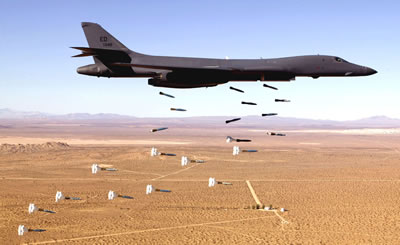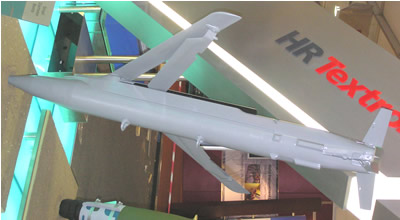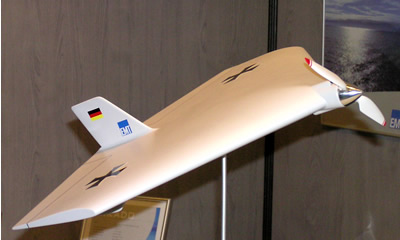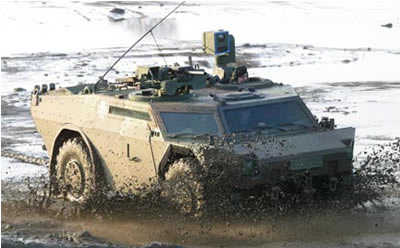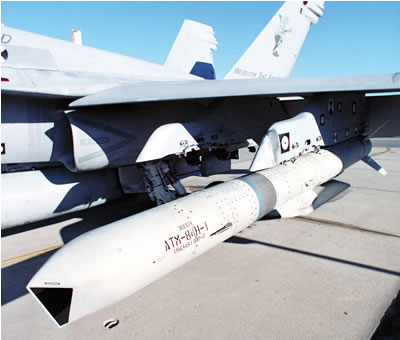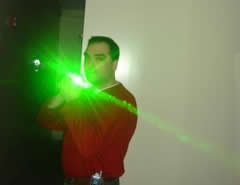A different approach was implemented by the IDF with the preparation of the M-113 APC to engage in low intensity conflict. The current vehicle is fitted with surrounding mesh armor and an elevated fighting compartment, installed on the top of the existing fighting compartment. The IDF plans to introduce an improved and light weight protection suite for the M-113, currently under development by IMI and RAFAEL.
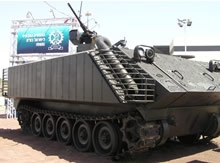 The improved modernized M113 will receive the engine designed for the A3 version (275 hp) a new steering wheel and torsion bars that will add to the weight carrying capability of the vehicle. The additional weight of the new suite will total 3.25 tons, and include full protection against multiple hits of heavy automatic, improvised explosive devices (IED) and RPGs. as well as improved floor protection. The hybrid ballistic technology contains a special energetic solution enabling a significant weight reduction together with an increase in crew safety and its surroundings by eliminating the risk of sympathetic detonation. The add-armor uses thick, field replaceable units which can be safely handled and stored. The vehicle will also be fitted with a remote controlled weapon station that will improve both observation and weapons operation capability behind under protection. IMI has unveiled its own design of te remote control station.
The improved modernized M113 will receive the engine designed for the A3 version (275 hp) a new steering wheel and torsion bars that will add to the weight carrying capability of the vehicle. The additional weight of the new suite will total 3.25 tons, and include full protection against multiple hits of heavy automatic, improvised explosive devices (IED) and RPGs. as well as improved floor protection. The hybrid ballistic technology contains a special energetic solution enabling a significant weight reduction together with an increase in crew safety and its surroundings by eliminating the risk of sympathetic detonation. The add-armor uses thick, field replaceable units which can be safely handled and stored. The vehicle will also be fitted with a remote controlled weapon station that will improve both observation and weapons operation capability behind under protection. IMI has unveiled its own design of te remote control station.






